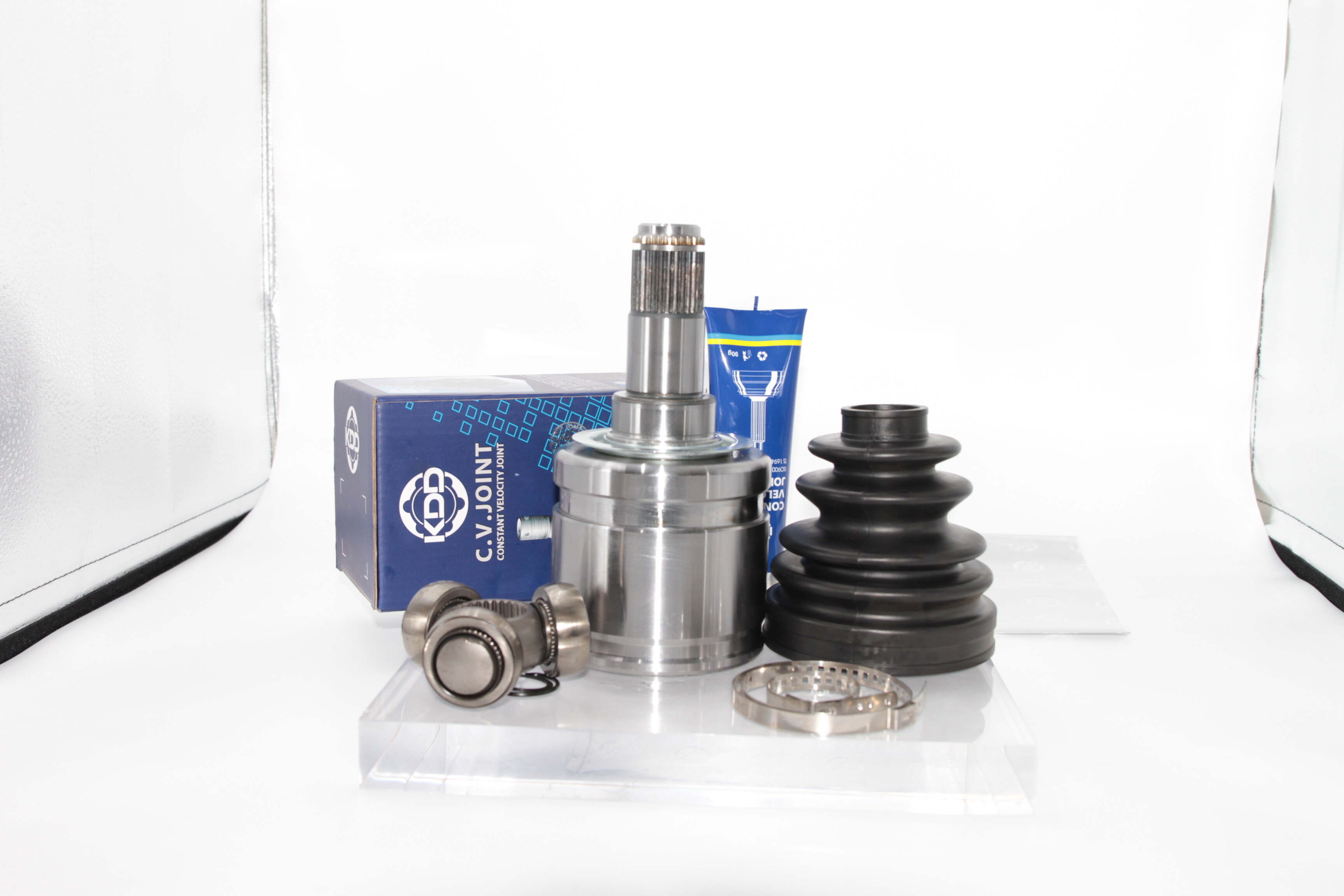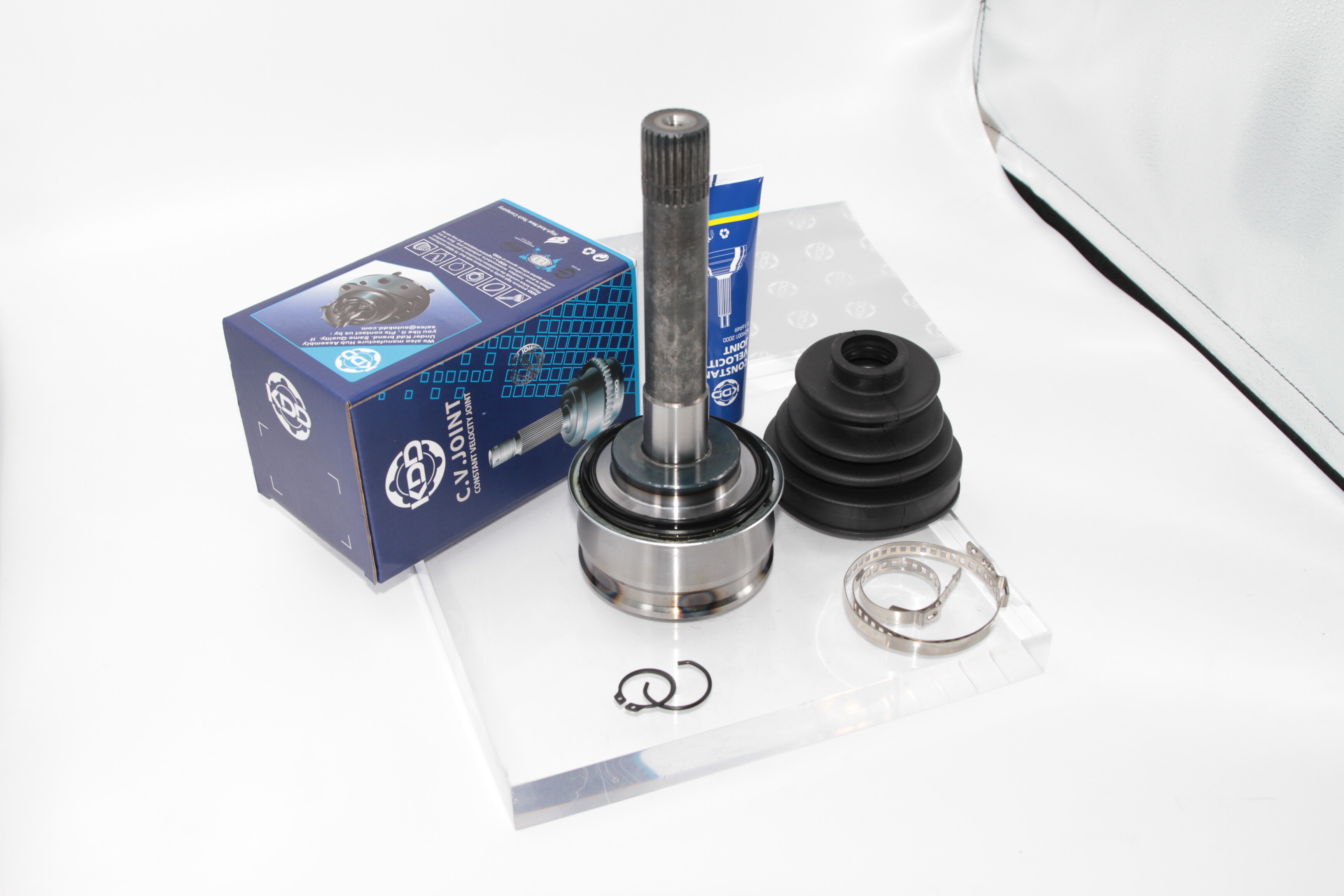Email format error
Email cannot be empty
Email already exists
6-20 characters(letters plus numbers only)
The password is inconsistent
Email format error
Email cannot be empty
Email does not exist
6-20 characters(letters plus numbers only)
The password is inconsistent


Understanding the Difference Between Inner and Outer CV Joints
When it comes to the smooth functioning of a vehicle’s drivetrain, constant velocity (CV) joints play a crucial role. These joints are responsible for transferring power from the engine to the wheels while allowing for flexibility and smooth rotation. However, there are two types of CV joints - inner CV joints and outer CV joints - each serving a distinct purpose. In this blog, we will delve into the differences between these two types of CV joints, shedding light on their functions and importance in a vehicle’s overall performance.
Inner CV Joint:
The inner CV joint, also known as the “fixed” joint, is located closer to the transmission. Its primary function is to transmit torque from the transmission to the outer CV joint, which then transfers it to the wheels. The inner CV joint is designed to handle the constant velocity and torque generated by the engine, ensuring a smooth power transfer even during sharp turns or uneven road surfaces. It is typically a tripod-style joint or a double-offset joint, depending on the vehicle’s design.
Outer CV Joint:
The outer CV joint, also referred to as the “articulating” joint, is situated closer to the wheels. Its primary purpose is to allow the wheels to turn and move up and down while maintaining a constant velocity. This joint is responsible for accommodating the steering angle and suspension movement, ensuring that the wheels can rotate freely without any loss of power. The outer CV joint is commonly a Rzeppa joint or a Birfield joint, depending on the vehicle’s configuration.
Differences between Inner and Outer CV Joints:
a) Design: The inner CV joint is typically a tripod-style or double-offset joint, designed to handle high torque and constant velocity. On the other hand, the outer CV joint is commonly a Rzeppa or Birfield joint, which allows for articulation and flexibility required during steering and suspension movements.
b) Location: The inner CV joint is positioned closer to the transmission, while the outer CV joint is located closer to the wheels. This placement ensures an efficient transfer of power from the engine to the wheels, while accommodating the necessary movements for steering and suspension.
c) Function: The inner CV joint primarily transmits torque from the transmission to the outer CV joint, ensuring a constant velocity and power transfer. The outer CV joint, on the other hand, allows for the articulation and flexibility required for the wheels to turn and move up and down, maintaining a constant velocity during steering and suspension movements.
Conclusion:
In summary, both inner and outer CV joints are integral components of a vehicle’s drivetrain, working together to ensure a smooth and efficient power transfer from the engine to the wheels. While the inner CV joint handles the transmission of torque, the outer CV joint allows for the necessary articulation and flexibility during steering and suspension movements. Understanding the differences between these two types of CV joints is crucial for maintaining the overall performance and longevity of a vehicle’s drivetrain system.
As a trusted supplier in the automotive industry, we offer a wide range of high-quality CV joints that are designed to meet the specific requirements of various vehicle models. With our reliable products, you can ensure optimal performance and durability for your vehicle’s drivetrain. Contact us today to explore our comprehensive range of CV joints and other automotive components.



